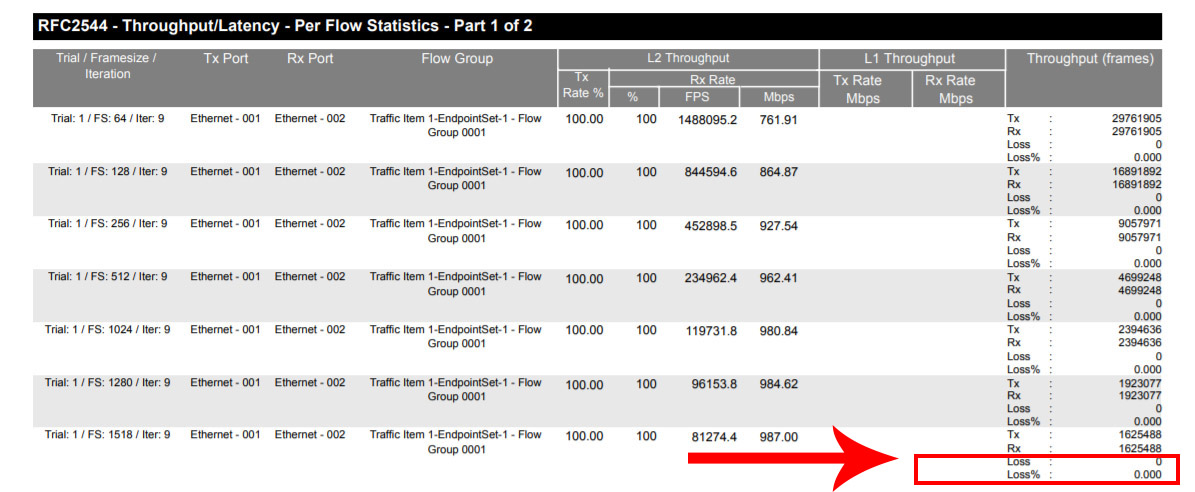The next step is to configure the switch so that it can communicate with the router, so I clicked on Wizard (for vlan 1) and in the IP address, I selected an address that was not given to any other device (it’s better to afterwards set it to static) and then in the Gateway section, I entered the IP address of the router. Click save and you should now be able to see the Ethernet switch in the list of connected clients from the router UI. If you want to use SSH or Telnet afterwards, you can configure a new password by going to System > Settings > Password > Telnet Password.
The UI
The user interface is fairly straight-forward, with the first window being Home (from under Favorites), showing the CPU and Memory usage, as well as all the ports along with some status information. Besides Home, there’s also VLAN, where you can configure a port as a trunk port (in case of multiple VLAN packets) and the Port section, where you can quickly configure the ports (L2 switching port and L3 routing interface) or Aggregate them, where you can select the preferred type of Load-balancing.
Furthermore, there is the option to use Port Mirroring and set an input and/or output Rate Limit for each port (or multiple). These are essentially some of the most used features on an Ethernet switch, but FS does offer far more for various types of configuration. Under Network, there is MAC Address Filtering (and Static Addresses), the option to set Static Routes, STP + RDLP, there’s DHCP relay (IPv4), the possibility to set the eportal Authentication based on the selected ports and more. Under Security, there’s DHCP Snooping + IP Source Guard, Anti ARP-Spoofing, NFPP (besides enabling the preferred option, you can also check the records for each option, as well as check the Logs) and more.

Under Advanced, you get Port isolation, the option to enable DHCP, which is one of those advanced features that you rarely find on other Ethernet switches in the same price bracket – the switch becomes a DHCP server and it supports up to 500 IPv4/IPv6 routes. Besides DHCP and Static addresses, the S3910-24TF also supports other Layer 3 features such as OSFP and RIP. Another advanced feature is ACL (for creating rules) and then there’s QoS that can rely on the ACL rules; you can constrain the bandwidth based on the previously set classes or constrain the input and output flow based on the previously set policy settings. The last section is System, where you can adjust some more general settings (Time, password, DNS), Upgrade the firmware, run various Detection tools or use the Web CLI – this is a comprehensive guide for most CLI commands and yes, they’re pretty much the same as with Cisco Ethernet switches.
The Performance
FS themselves ran some very comprehensive network tests that they made public and it was done using ixia’s IxNetwork, checking the throughput and the latency (the duration of the test was about 35 minutes). This benchmark shows the total frames that were transmitted and received, as well as the aggregated frame loss and far more. The results are impressive and you can check them out here: Switch Performance Test Report. It seems that the test was done using the Ixia XGS12 and it used the SFP ports on the switch to connect to the Ixia platform (with FS transceivers and DAC cables). And, if you had a look at the results, you could see that there was 0% frame loss, the maximum latency is 3,195ns and the minimum latency is 2,822ns.


Conclusion
The FS S3910-24TF was designed to handle larger networks (enterprise-level, but should also work for SMBs) and this become clear after checking out its main features. It supports the management of multiple Ethernet switches using stacking (up to 4 devices), it has VLANs, QoS, link aggregation, port mirroring and other feature expected from a smart managed switch, but what sets it apart from other similarly-priced devices (besides the stacking) is the L3 features that allow you to perform routing on the switch. It’s true that the S3910-24TS comes with hot-swappable PSUs and it has 10G SFP+ slots, but the FS S3910-24TF is still powerful enough for most applications (the IxNetwork tests showed good results) and I do like that it offers a really smooth transition for people that come from Cisco hardware.

Mark is a graduate in Computer Science, having gathered valuable experience over the years working in IT as a programmer. Mark is also the main tech writer for MBReviews.com, covering not only his passion, the networking devices, but also other cool electronic gadgets that you may find useful for your every day life.


